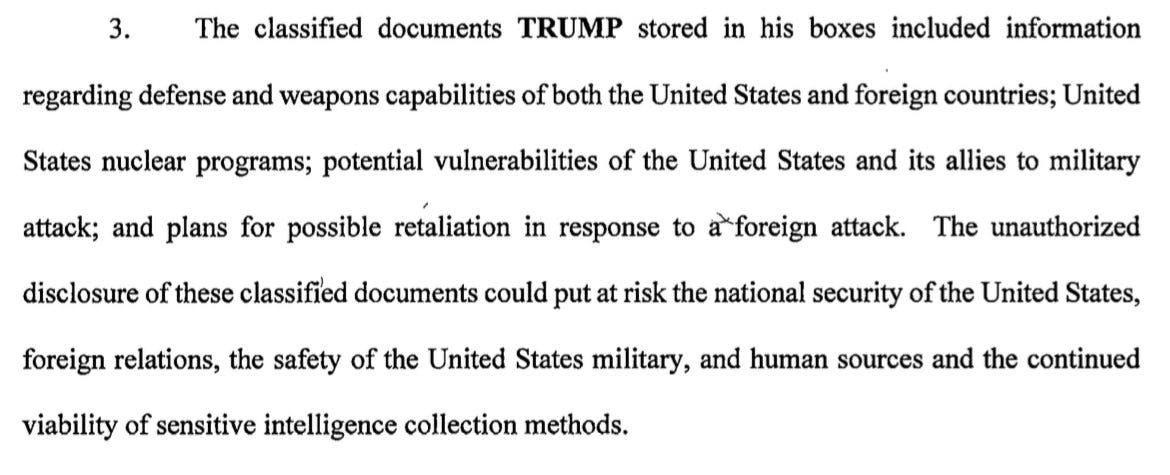Ohio Supreme Court Delivers Blow to Republicans Trying to Stop Abortion Rights
Conservatives have been trying to stop efforts to protect abortion rights with a confusingly worded ballot.

The Ohio State Supreme Court delivered a partial blow to an ongoing effort to make it harder for Ohioans to pass constitutional amendments—which would directly affect things like abortion rights.
Republicans have set up a $20 million taxpayer-funded August election to raise the threshold for constitutional amendment elections to a whopping 60 percent, rather than a straight-up majority.
But on Monday, the court ordered the state ballot board to update proposed ballot language that inaccurately summarizes the Republican-led effort.
Since 1912, voters have just needed a simple 50-plus-one majority to add an amendment to the Constitution. Now Republicans want to raise that number to 60 percent, allowing a smaller minority of voters to stop any potential amendments from passing.
The effort is widely seen as an effort to head off a likely November ballot initiative to codify Ohioans’ right to an abortion. Also, next year, Ohioans will likely vote on raising the state’s minimum wage.
Four states—Kansas, Kentucky, Montana, and Michigan—voted by simple majority to affirm abortion rights just in the past year. Two others, Vermont and California, voted above the 60 percent threshold. Nevada and Nebraska meanwhile both voted in simple majorities to raise their minimum wages.
Advocacy group One Person One Vote filed a lawsuit in late May, arguing that the ballot language for the effort was misleading and biased.
The court’s majority opinion, written by its four Republicans, found two errors in the ballot language. For one, the ballot summary is titled, “Elevating the Standards to Qualify for and to Pass any Constitutional Amendment.” The court found the use of “any” to be inappropriate, as the proposed change only applies to amendments proposed by the public. Amendments from lawmakers can be passed with a 60 percent vote from the House and Senate, or through a constitutional convention.
Another error found by the court is that it incorrectly explains the minimum number of signatures amendment campaigns need to collect from each of Ohio’s counties. The ballot summary language says 5 percent of eligible voters from each county would need to sign on to the campaign, but the actual amendment’s language says it’s 5 percent of the number of votes cast in each county during the most recent gubernatorial election.
The court’s three Democrats dissented from the majority, finding that the ruling didn’t go far enough. Justice Michael Donnelly found the word “elevating” in the title to be “plainly prejudicial” and said it “should not be part of the title.” Opponents of the amendment have argued the word is misleading, as if the amendment is about security, rather than about what it really does, which is to make the threshold for democracy higher.
Justice Jennifer Brunner wrote another dissenting opinion, saying the ballot language ought to clearly describe the difference between the new standards for amendments posed by citizens and those brought by lawmakers.
“The incongruous impact of these changes is clear: [State Issue 1] would make it onerously oppressive for citizens to amend the Ohio Constitution through the initiative process, but it would leave unaffected the General Assembly’s ability to propose amendments that serve its interests at elections established to fulfill its own desires,” Brunner wrote.
Meanwhile, One Person One Vote has another lawsuit out against the effort the court still has to rule on. The group argues that Republicans set the August election in complete violation of their own recently passed law that broadly outlawed August elections.
Meanwhile, mail ballots for the August election go out on June 23. The court-ruled language changes must be made, and the court must rule on this second legal challenge, in less than two weeks.









